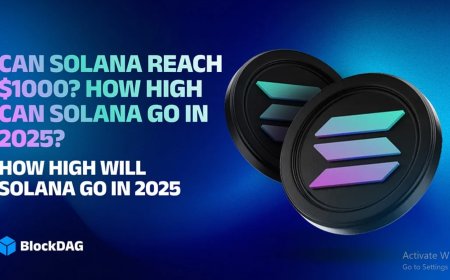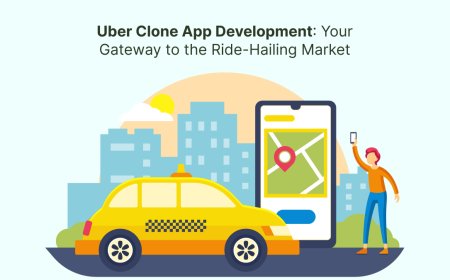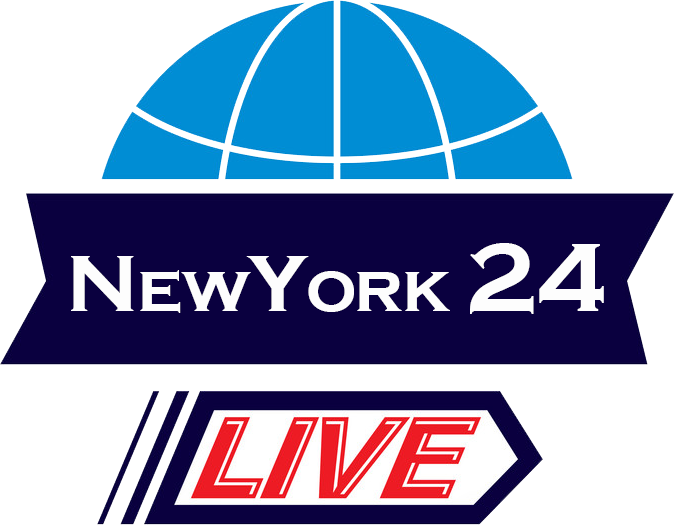Stop Pinterest Spam Bots from Killing Your Reach and Growth
Pinterest is a goldmine for content creators, bloggers, and online businesses looking to drive traffic and grow their brand. But there's a silent threat that many users dont notice until its too late: spam bots. These bots can seriously damage your accounts visibility, reduce your engagement, and disrupt your organic growth. Thats why its crucial to understand how to stop Pinterest spam bots before they kill your reach and slow your momentum.
In this article, well break down how spam bots operate on Pinterest, how they affect your growth, and what steps you can take in 2025 to protect your account and reclaim your engagement.
What Are Pinterest Spam Bots?
Spam bots on Pinterest are automated accounts or programs created to mass-follow, comment, save, or send spam messages to legitimate users. Some mimic real accounts while others use stolen content to appear trustworthy. Their goals range from phishing and promoting scam links to manipulating engagement data.
Heres what they typically do:
-
Follow and unfollow in bulk to gain visibility.
-
Post irrelevant or misleading comments on your pins.
-
Save your pins to unrelated, spammy boards.
-
Clone your profile or pins to trick your followers.
-
Send you suspicious messages or links.
While Pinterest tries to detect and eliminate spam accounts, thousands still slip throughand they can silently sabotage your accounts growth.
How Spam Bots Hurt Your Pinterest Reach and Growth
Spam bots might seem harmless at first glance, but their behavior can trigger Pinterests spam filters and reduce your contents visibility. Heres how:
1. Messing with Your Engagement Signals
Pinterests algorithm prioritizes content that receives genuine engagement from real users. When spam bots artificially inflate your saves or comments, it distorts your performance metrics. The algorithm may then show your content to fewer people due to inconsistent or suspicious activity.
2. Causing Algorithm Red Flags
If spam bots frequently save your content to irrelevant or spammy boards, Pinterests AI may incorrectly assume your content is low-quality or not niche-relevant. This reduces the chance of your pins appearing in smart feeds or searches.
3. Damaging Your Brand Credibility
Cloned pins or stolen profiles confuse your audience and dilute your brand. If your audience sees multiple versions of your pin from fake accounts, they may lose trust and avoid clicking, even if your content is legitimate.
4. Wasting Your Analytics Data
Fake followers and engagement distort your analytics, making it harder to evaluate whats working. Youll waste time trying to optimize strategies based on false data.
To grow and thrive on Pinterest, its essential to stop Pinterest spam bots from infiltrating your account.
How to Identify Spam Bot Activity on Pinterest
Not all spam is obvious. Here are some red flags that spam bots are targeting your account:
-
You get dozens of new followers with no profile image or bio.
-
Your pins are being saved to irrelevant or strange boards.
-
You receive strange or suspicious comments with unrelated text or emojis.
-
You notice cloned versions of your pins or profile circulating.
-
You receive direct messages with links from unknown accounts.
If you notice any of the above, take action quickly to protect your Pinterest account from bots and prevent long-term damage.
How to Stop Pinterest Spam Bots and Protect Your Reach
Pinterest spam bots cant be 100% eliminatedbut you can significantly reduce their impact with the right strategies. Heres what to do:
1. Regularly Clean Up Your Followers and Save
Use Pinterest analytics to review whos interacting with your content. Remove suspicious followers and report any accounts that seem fake or inactive.
? Look out for:
-
Followers with no pins, no boards, and generic usernames.
-
Boards that save your content but have completely unrelated themes.
-
Pins saved in bulk by brand-new or inactive accounts.
Manually blocking and reporting these users sends Pinterest signals that you are actively managing spam.
2. Report and Block Suspicious Accounts Immediately
Pinterest has built-in tools to report spam behavior.
? Steps to report a bot:
-
Go to the spammers profile.
-
Click the three dots () on their page.
-
Select Block and Report.
-
Choose the reason (e.g., spam, impersonation, inappropriate content).
Pinterests team reviews reports regularly and removes spam accounts when confirmed.
3. Dont Engage with Spam Comments or Messages
If a bot comments on your pin or sends you a message, avoid replying. Engagingeven negativelycan sometimes validate their activity as legitimate in the eyes of the algorithm.
? Instead:
-
Delete spam comments.
-
Block and report messages from unknown users with suspicious links.
-
Never click on strange URLs.
4. Use Watermarks or Branding on Your Pins
To avoid your pins being stolen or cloned, always include a small logo or brand name on your designs. This discourages bots from copying them and helps users recognize the original content.
? Branding tips:
-
Place your website URL or handle in the bottom corner.
-
Keep it subtle but visible.
-
Use the same font or logo across all pins for consistency.
5. Secure Your Pinterest Account
Sometimes, spam bots try to hack or clone your account to spread their links. To stay safe:
? Security best practices:
-
Use a strong, unique password.
-
Enable two-factor authentication (2FA) in your Pinterest settings.
-
Dont authorize unknown third-party apps or scheduling tools.
Keeping your account secure ensures your content and data remain protected.
6. Stay Active and Keep Pinterest Informed
The more active and legitimate your behavior is, the better Pinterest can distinguish you from bot activity.
? Stay active by:
-
Posting fresh pins regularly.
-
Using Idea Pins to show authentic content.
-
Saving and engaging with real users in your niche.
Also, regularly check your analytics to spot any unusual patterns.
Final Thoughts
Spam bots may seem like a minor nuisance, but left unchecked, they can seriously damage your Pinterest strategy. From harming your engagement metrics to triggering algorithm penalties, these bots are a hidden threat to your growth.
But youre not helpless. With the right knowledge and protective habits, you can stop Pinterest spam bots before they kill your reachand keep your account growing strong.
Stay proactive, stay secure, and stay focused on creating value-driven, authentic content. Pinterest remains one of the best platforms for long-term organic growthjust make sure spam bots arent standing in your way.
































